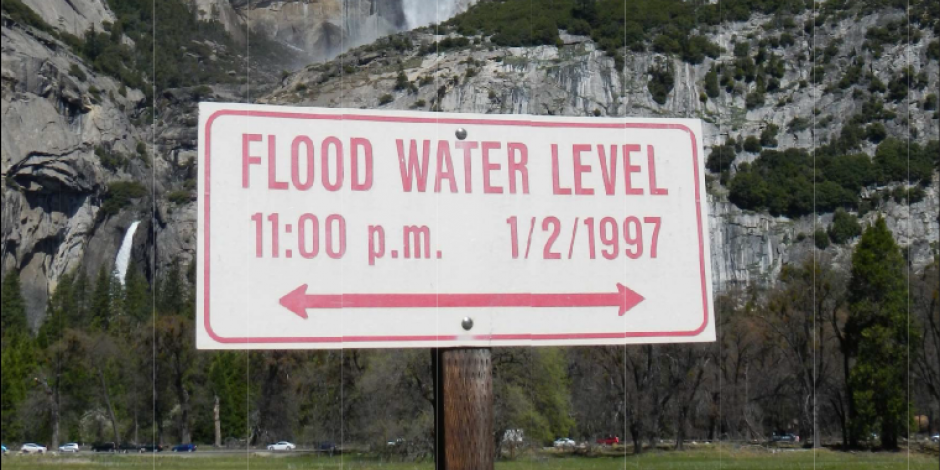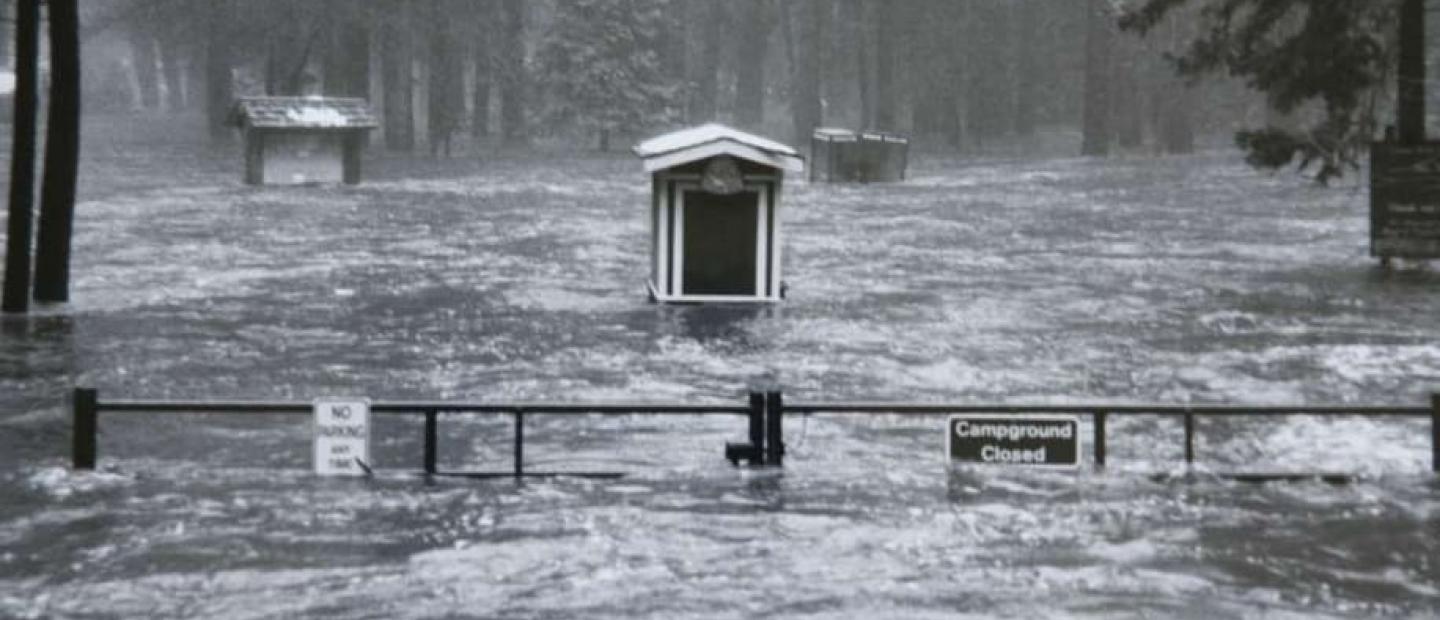Ty Cobb and the Meaning of Resilience

"TThe crisis of the day dominates your time, and in the White House, we were in constant crisis mode.”
Before Ty Cobb shepherded Yosemite National Institutes (now NatureBridge) through a series of potentially devastating events as its President and CEO, he served under President Ronald Reagan as National Security Affairs Special Advisor. The position required adaptability, flexibility and high-level ingenuity each day. These qualities were particularly important in the 1985 Geneva, Switzerland summit between Reagan and Soviet Union President Mikhail Gorbachev. Ty was Reagan’s Special Assistant to the President during this summit.
“For much of the time, it appeared negotiations [between Reagan and Gorbachev] would collapse. Reagan was committed to the Star Wars defense system [officially named the Strategic Defense Initiative, or SDI]. Only two people in the whole world actually thought Star Wars would work — one was Reagan and he had great faith in it. Ironically, the other was Gorbachev,” he laughs.
Gorbachev’s belief led him to take Reagan and the SDI seriously, and it keyed a relationship that would ultimately avert outright aggression and nuclear crisis. Ty advising Reagan on the newly-appointed President Gorbachev was one of numerous moments for him where remaining unflappable and resilient was key to navigating a high-stakes geopolitical scenario.
“Missile launches, shooting down planes, political insurgencies — those crises happened every day,” says Ty. “Given my time at the White House, I guess crisis response was ingrained in me, and I did in some ways bring that with me to Yosemite National Institutes.”

Ty carried a military background to Yosemite National Institutes (YNI), having served two tours in Vietnam during The Vietnam War, including time spent as a consultant to South Vietnamese troops. He became a Lieutenant Colonel in the United States Army and later, a professor at West Point before advising both the Carter and Reagan administrations on national security issues.
“A search firm calls me up one day and says, ‘We’ve got a position for you. You’re not qualified for it, but you could use the interviewing practice,” says Ty.
That position was President and CEO of YNI. The firm explained that YNI was known for youth-oriented environmental education in national parks, and that Ty’s presence in the interview process was a formality; he was not the logical choice and wouldn’t receive a job offer.
After several rounds of interviews and countless reassurances from the search firm that he wasn’t going to get the job, YNI offered Ty the position.
“It was far from my background, but I talked to my family and we decided it was where we wanted to be. So we said yes!”
When Ty arrived at YNI in 1995, the organization had nearly 25 years’ experience bringing students into national parks and teaching them environmental science. In Ty’s analysis, he found a strong foundation of excellent programming and dedicated staff, but he also saw internal divisions and a lack of communication across the other campuses: Olympic Park Institute (OPI) and Headlands Institute (HI), which became the Olympic National Park and Golden Gate National Recreation Area campuses of NatureBridge.
It didn’t take long for Ty and the organization to be tested. In 1995, the federal government shut down after budget talks disintegrated between Congress and the executive branch. One of the first publicly funded services to shutter was the National Park Service, effectively closing all national parks. It was the first time in the Park Service’s then-79-year history that every park had been shut down at once.
“We had school groups planning to come to Yosemite and when that source of income threatened to dry up, that’s where innovation came in” says Ty. “Jay Flood, Linda Brownstein and I started conversations about alternative sites that could host programs.”
Eventually, several sites within California were selected to host YNI programs. It is during times like this that organizational resilience is paramount, and that resilience can be found as much in the people as the structures and systems put in place.
“You know, I’d seen how different groups reacted under stress given my time in the White House and Vietnam, but this was a nature-based organization, and I wasn’t quite sure how the staff would adapt,” says Ty. “The staff was so flexible, adapting to the new geology, biology and geography at alternative sites. The resilience and adaptability were remarkable.”
Just two years later, another catastrophe hit YNI; this time, environmental.
“I got a call from Mike Lee, head of Yosemite Institute, and he says, “the Merced River is flooding and we’re being inundated. We’re outta here!’” says Ty.
The 1997 Merced River flood was one of the worst natural disasters in Yosemite’s history. It caused an estimated $178 million in damage and interrupted programs, transit and essential services in the park. For the second time in two years, Ty and YNI had to react decisively on a matter of extraordinary importance.
“I called up to Mike Lee, the head of OPI, which was normally closed for winter, and asked them if they could take the students who had been scheduled to go to Yosemite,” says Ty. “He agreed, and it was a great case of collaboration between campuses.”
A handful of school groups flew up to Washington and their students participated in the OPI programming amidst rain and snow. Despite occasional blizzards and blustery conditions, OPI remained open in the winter for years to come because of the positive experiences of teachers and students who tried this “plan B.” Awash in internal rifts at the beginning of Ty’s tenure, YNI was now fostering connection and unity between campuses in the middle of a natural disaster.
“With the boards and staff at all institutes, we were able to overcome these challenges,” says Ty. “You have to be adaptable and resilient. Above all, you have to be imaginative, and that’s what YNI was or else we would’ve gone under.”
You can’t predict crises on the horizon. I never would’ve been able to identify the crises we would experience, natural or budgetary, and all their consequences. Three major floods, years of budget sequestration, fires...what resilience means is having built-in creativity and flexibility in constructing alternative ways to conduct business because we don’t know what crises will happen in the future.Ty Cobb
It is undeniable that NatureBridge and every other organization on Earth is conducting business in the middle of a global crisis. Numerous companies and nonprofits have gone under, yet NatureBridge is celebrating its first 50 years while looking ahead to the next 50 with confidence.
When I asked Ty about what challenges NatureBridge could face in the future, he was quick to point out how few of us could have anticipated COVID-19 and its numerous ripple effects.
“You can’t predict crises on the horizon,” he says. “I never would’ve been able to identify the crises we would experience, natural or budgetary, and all their consequences. Three major floods, years of budget sequestration, fires...what resilience means is having built-in creativity and flexibility in constructing alternative ways to conduct business because we don’t know what crises will happen in the future.”
“One thing is for certain though: they will happen.”

